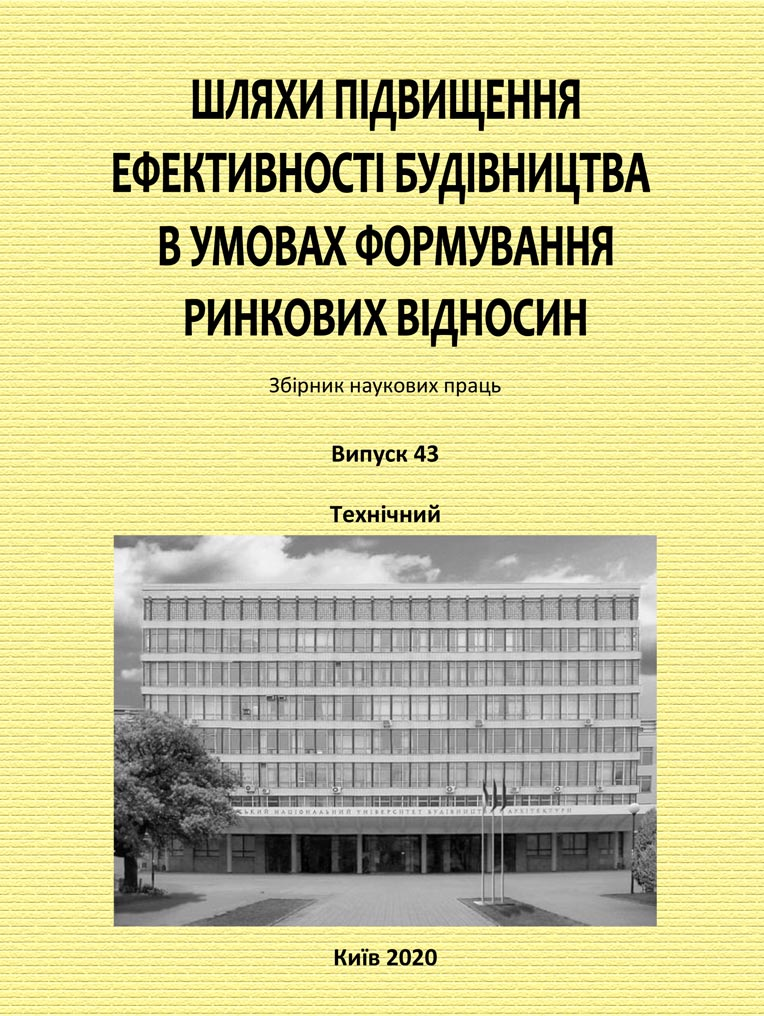Modern features of the development of the theory of "innovative waves"
DOI:
https://doi.org/10.32347/2707-501x.2019.42.114-119Keywords:
innovation activity, innovative waves, economic cycles, structural changes, innovative development.Abstract
Current trends in the development of the world economy indicate the increasing role of innovation in the economies of developed countries. Nowadays, scientific and technological progress is accelerating in the world, the intensification of scientific and technological links and, as a consequence, the intellectualization of the main factors of production. In this case, development occurs cyclically under the influence of many factors.
The purpose of the study is to determine the theoretical basis of cyclical development of the economy, to identify the modern features of the development of the theory of "innovation waves" and to analyze the essence and main laws of innovation development, to evaluate the place of Ukraine in international innovation processes and to identify the main directions of activization of Ukraine. .
The article deals with the basic principles of the theory of cyclical development of the economy of M. Kondratiev and the theory of innovative waves in the economy of J. Schumpeter. The development of these theories in modern scientific thought is analyzed. Features of development of innovative K-waves are investigated. The theoretical prerequisites for the formation of K-waves are reviewed, and the sixth K-wave is identified, which is associated with the spread of nanotechnologies and biotechnologies, their integration with information technologies, technologies based on artificial intelligence, and which should bring with it significant innovations in existing forms of economic activities
The focus is on innovation, as the driving force behind the evolutionary economic development of the state. It is determined that one of the most favorable moments for the beginning of large-scale innovative technological changes is the period of exit from the stagnation stage to the stage of economic recovery, in the phase of which Ukraine is now. This opportunity should be taken, including the synchronization of innovation policy measures with the sixth wave of the K-wave world cycle development, which should help to significantly accelerate the pace of socio-economic development of Ukraine. The need for activation of the country's innovation policy is emphasized.
References
Kondratiev, N.D. (2002) Bolshie tsiklyi kon'yunkturyi i teoriya predvideniya: Izbrannyie trudyi. – Mezhdunarodnyiy fond N.D.Kondrateva; Mezhdunarodnyiy in-t Pitirima Sorokina – Nikolaya Kondrateva; Institut ekonomiki RAN. – M.: Ekonomika.
Schumpeter, J.A. (1939) Business Cycles: A Theoretical, Historical, and Statistical Analysis of the Capitalist Process. New York –Toronto – London: McGrawHill Book Company.
Shumpeter, Y. A. (1982) Teoriya ekonomicheskogo razvitiya (Issledovanie predprinimatelskoy pribyili, kapitala, protsenta i tsikla kon'yunkturyi) / per. V. S. Avtonomova, M. S. Lyubskogo, A. Yu. Chepurenko. – M. : Progress.
V.Sidenko ets. (2017) Strukturni transformatsiyi u svItovIy ekonomitsi: vikliki dlya Ukrayini / Analitichna dopovid, Kiyiv: Zapovit.
Croitoru Alin (2017). Schumpeter, Joseph Alois, 1939, Business Cycles: A Theoretical, Historical, and Statistical Analysis of the Capitalist Process, New York and London, McGraw – Hill Book Company Inc. Journal of Comparative Research in Anthropology and Sociology, 8(1): 67–80, URL: http://compaso.eu/wpd/wpcontent/uploads/2017/09/ Compaso2016-81-Croitoru.pdf.
Verspagen B. (2002) Structural change and technology. a long view. Paper presented at the 2002 DRUID Conference, URL: https://EconPapers.repec.org/RePEc:ein:tuecis:0213.
Hirooka, M. (2006) Innovation Dynamism and Economic Growth. A Nonlinear Perspective. Cheltenham, UK: Edward Elgar, URL: https://www.elgaronline.com/view/1843765780.xml.
UN Comtrade database through WITS platform. – http://databank.worldbank.org/data/reports.aspx?source=world-development-indicators.
Moholivets, A.A. (2018) Rehuliuvannia finansovoi stiikosti yak zasib vplyvu na dilovu aktyvnist budivnytstva. Budivelne vyrobnytstvo,№ 64/2, С. 38-44.
Skrypnyk, A.L. & Moholivets, A.A. (2015) Metodychni pidkhody do prohnozuvannia tsyklichnosti rozvytku pidpryiemstv budivelnoi haluzi. Budivelne vyrobnytstvo, 59, 70-73.
Moholivets, A.A. (2019) Dilovi tsykly v budivelnii haluzi: vyiavlennia, analiz, otsinka. Shliakhy pidvyshchennia efektyvnosti budivnytstva v umovakh formuvannia rynkovykh vidnosyn, 40, 183-189.
Moholivets, A.A. & Skrypnyk, A.L. (2019) Metodychni pidkhody do formuvannia mekhanizmu derzhavnoho rehuliuvannia budivnytstva v umovakh ekonomichnoi tsyklichnosti. Aktualni problemy ekonomiky, 5, 14-33.
Downloads
How to Cite
Issue
Section
License
Copyright (c) 2020 B. E. Golovash, L. V Golovash

This work is licensed under a Creative Commons Attribution 4.0 International License.
Authors who publish with this journal agree to the following terms:
- Authors retain copyright and grant the journal right of first publication with the work simultaneously licensed under a Creative Commons Attribution License that allows others to share the work with an acknowledgement of the work's authorship and initial publication in this journal.
- Authors are able to enter into separate, additional contractual arrangements for the non-exclusive distribution of the journal's published version of the work (e.g., post it to an institutional repository or publish it in a book), with an acknowledgement of its initial publication in this journal.
- Authors are permitted and encouraged to post their work online (e.g., in institutional repositories or on their website) prior to and during the submission process, as it can lead to productive exchanges, as well as earlier and greater citation of published work (See The Effect of Open Access).

